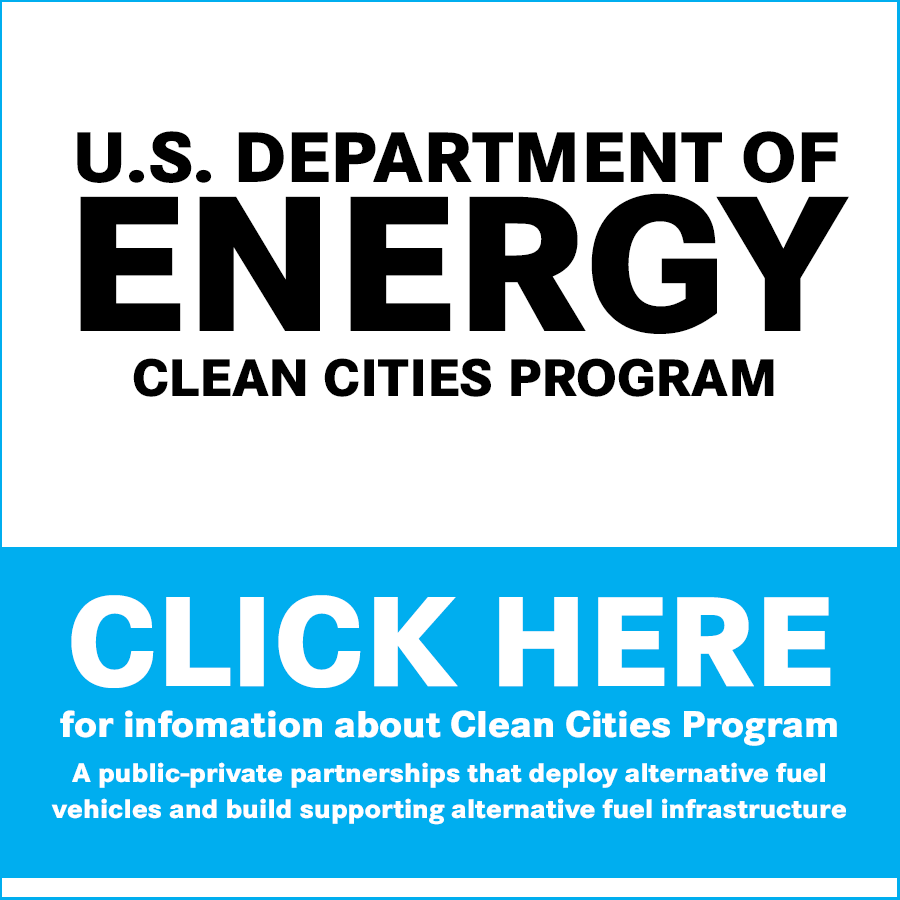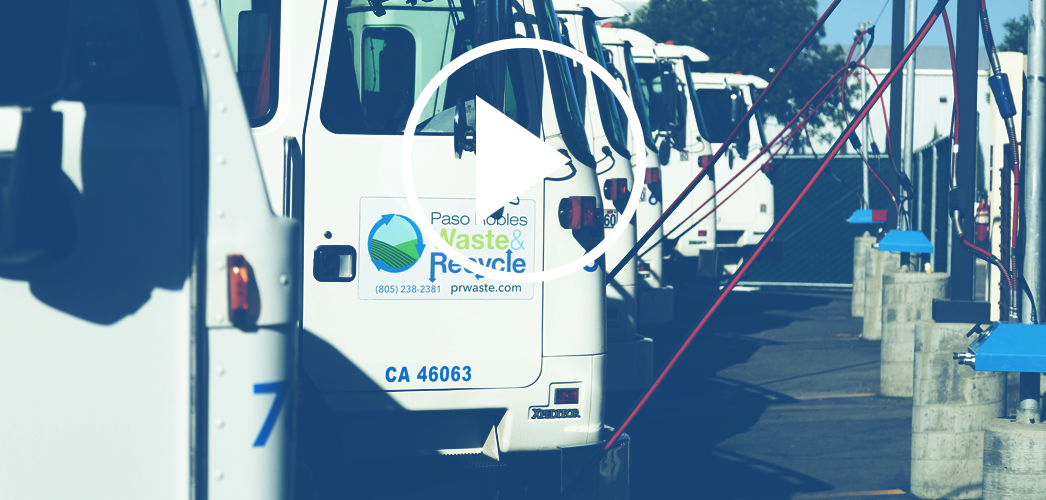NGV Refueling Station Planner

FLEET QUESTIONS? BAUER HAS ANSWERS.
BAUER can answer your questions pertaining to the planning and installation of an NGV refueling station, including questions specific to the requirements of NFPA 52.
Natural Gas Filling Stations
Refer to the latest edition of NFPA 52, Compressed Natural Gas (CNG) Vehicular Fuel Systems Code published by the National Fire Protection Association (NFPA). NFPA 52 applies to the design and installation of compressed natural gas engine fuel systems on vehicles of all types, including original equipment manufacturers (OEM) and vehicle converters, and to compressed natural gas vehicle (NGV) refueling stations.
Identify and contact the Authority(s) Having Jurisdiction (AHJ) for the location of the refueling station and others who can provide assistance. Ascertain which local, county, state, and federal codes and standards will be applicable.
Contact:
- Fire Marshall
- Zoning Board
- Electrical Inspector
- Building Inspector
- Other
Contact the Local Gas Utility
- Confirm that gas is already at, or available at, the site, and that the gas pressure(s) are available
- Confirm whether the gas supply is from a gas utility and of pipeline quality, or if it is from a well. If well gas, ask for a gas analysis
- Confirm the quality of the gas, including moisture content
- Confirm if the existing gas line can support the gas demand of the station
Contact the Local Electric Utility
- Confirm that power is already at, or available at, the site, and the voltage(s) available
- Confirm if the existing power supply can support the electrical demand of the station
- Contact local contractors with experience in installing NGV refueling stations
- Visit the planned site with a qualified contractor, AHJ, and a BAUER Representative
- Inspect the planned site for the suitability of installing an NGV refueling station. Use NFPA 52 as a guideline
![]()
Need assistance with selecting the correct solution to meet your specific requirements?
![]()
Click to see the NGV Refueling Station Planner
Contact BAUER to Review Fleet Refueling Needs
- Describe the fleet (e.g. cars, pickups, vans, forklifts, school buses, courier service, municipal, utility, small transit bus/van, large transit bus, etc.)
- Confirm the size of the NGV fleet that will refuel at the station
- Confirm the fleet's current fuel type
- Confirm the fleet's daily, monthly, or annual fuel consumption
- Confirm the fleet's current refueling schedule
- Confirm if any of the data will change for the NGV fleet
- Confirm the fill pressure(s) for the NGV fleet
- Confirm if the fleet will fill overnight (slow fill) or fast fill from storage, or if it requires a combination of both overnight refueling and fast filling
- Describe the location of the planned refueling station in terms of ambient temperature extremes
- Describe the location of the planned refueling station in terms of its immediate surroundings (e.g. city/town with businesses located nearby, residential, industrial park with other businesses close by, private property with no noise limitations, etc.)
- Confirm if the station will be for a private fleet, public refueling, or both



